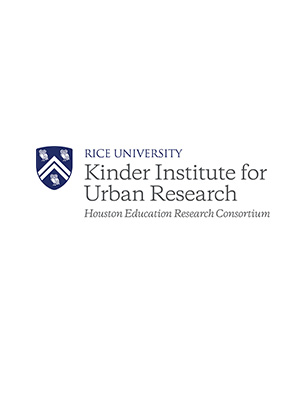This policy brief describes the Texas high school graduation requirements put into effect through the passage of House Bill 5 in 2013. The brief also contends the introduction of academic endorsements, similar to college majors and intended to help high school students develop subject-area knowledge, may create clearer paths to selective college enrollment for students studying STEM (science, technology, engineering, and mathematics) than other academic subject areas. Of the five subject-area endorsements outlined in House Bill 5, STEM has the most rigorous requirements in science and math, both in terms of the credits and courses required.
A content analysis of state four-year college admissions websites reveals selective institutions are more likely to require or recommend more science and math credits and specific advanced courses than nonselective institutions. These findings suggest schools and school districts should consider aligning requirements among endorsements, as well as ensure middle and high school guidance counselors provide information to students and families about how each endorsement could impact advancement to college, particularly selective four-year colleges.



